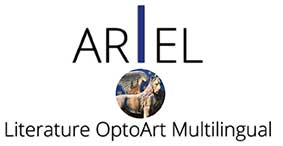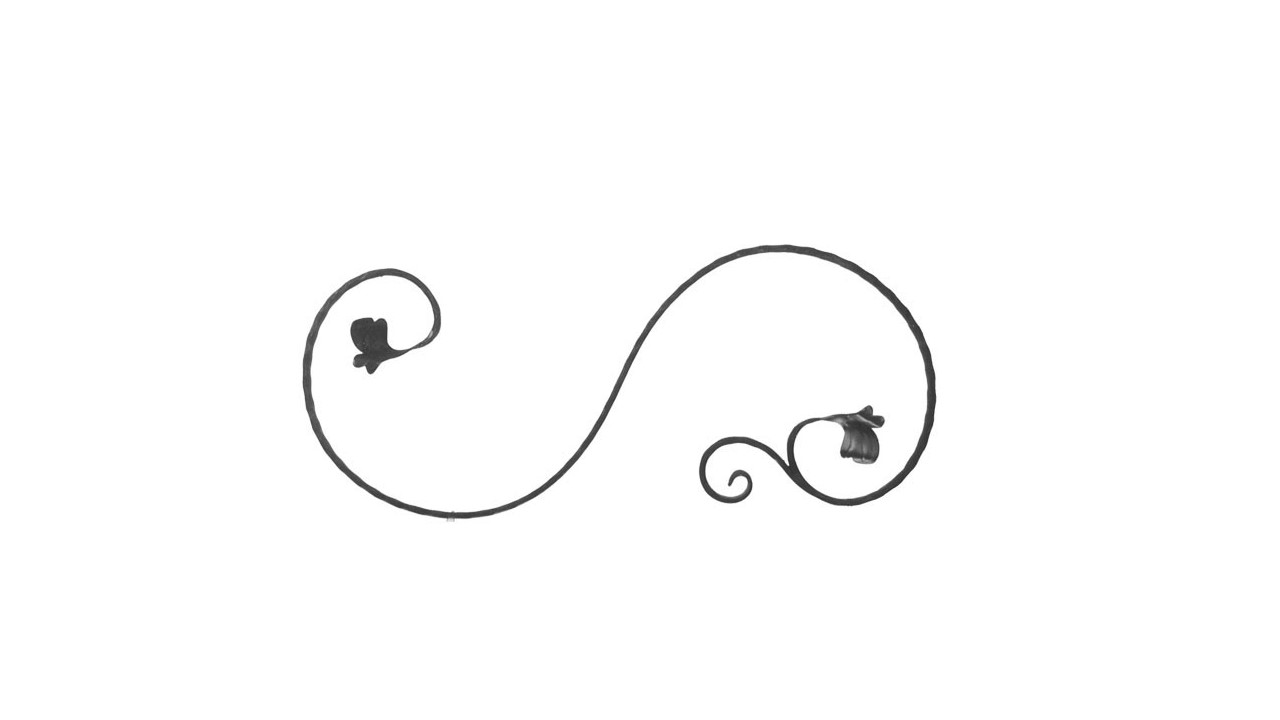Village life
My current photo series explores the notion of place, a construct set in time and space, made meaningful by its connection to how humans use and take care of the land, as their base for existence, for community, for play.
I am raised in a village, it was the playground of my youth. In the past year, I spend most of my time in a Bavarian village. My main contact with the village during these times is going on a walk, a daily ritual. The walk is a physical necessity, my body calls for air, for the rays of the sun, for wide vistas. Some days, I follow the village streets, tarred ground, moving along the front gardens, man-made The majority of the houses are inhabited, the side streets empty, I meet only few people on my trips.
Often, I choose the lonelier tracks and walk in the fields for safety reasons, frozen up in winter, muddy in all seasons. I have a real sensation of walking, I glide on the ice, I skid on the melting, watery snow. I sink into brown slush with my rainboots, hear the squishing melody, the soaked beat.
I watch the other villagers walk other roads from a distance. It is a landscape movie, a spectacle of space and light, the skies showing a cloud drama or a sunrise romance. It comes with a reduced awareness of time manifested by the scarce movement of people at distant horizons, the slow motion of clouds in transit.
The village is old, the land has been agricultural land for centuries. Spots of wild growth remain only where the Danube and the accompanying high ground water levels create swampy areas and water fens meander through the farmland, overgrown with bushes, tall trees standing by. In summer, they remain the realm of ducks and frogs, in winter, these are used for ice skating. During the pandemic, each village gathers at their respective, “own” ice fen, individuals and groups of two keeping the distance also of the ice. I watch a scene that would not have been much different 500 years ago, if you deduct the 21th century dress code.
The fields are as much public and private space – a farmer takes care of them, plants crops, harvests. He takes home fruit and vegetables and some aching muscles. The land is private and the farmer has a physical and partially mental work experience, work out or machine work.
The suburban inhabitants of the village use the land for recreation. They take a walk in the field and enjoy the open horizon, in that sense it is a public space, proven daily by walkers, some may not even notice the land, just their own movement in space, the chat with their friends or relatives, self-absorbed. Some take home an image, on their phone or in their head. Some neighbours comment “How beautiful it is here” when going on their walks. We share the sky above us, the air, water is more private, it comes out of a tap. Or it is “wild”, not a commodity, as in the waterways, we can play with it, experience it
The waterways are wild country, they are left to grow as nature has it, but they are contained by farmland, there is a limitation where the wild stops and the cultured ground starts and gets private. The trails stop shortly before the waterways start, one can pass by them, on a public road. As soon, as one leaves that road, experience gets more immediate, you need to be mindful, watch your step, you push branches away, walk on ice in winter, listen to frogs music in summer. This is the real fun park for children to play and experience nature and the wild.


















